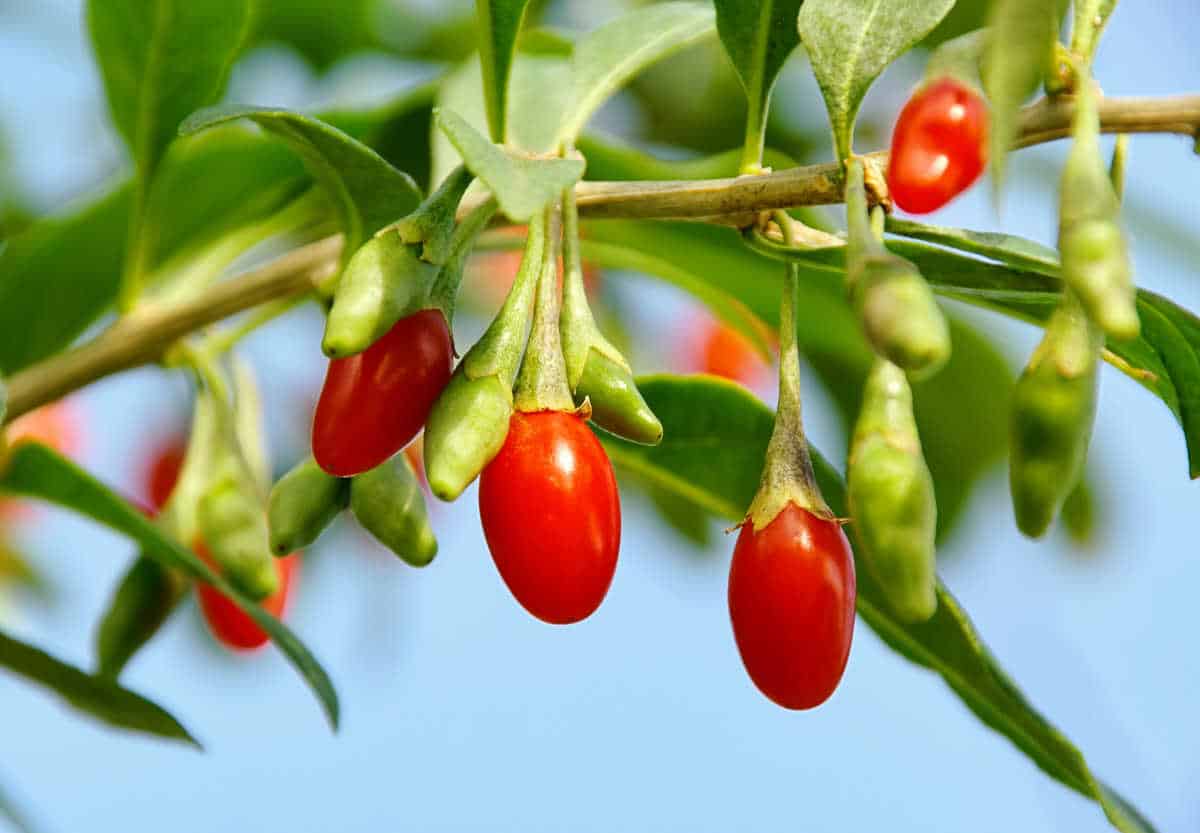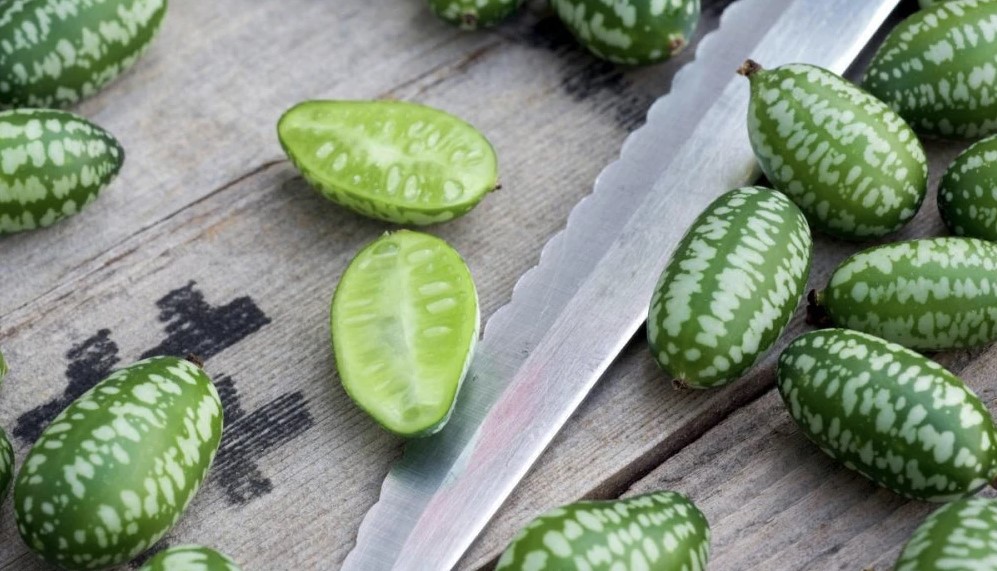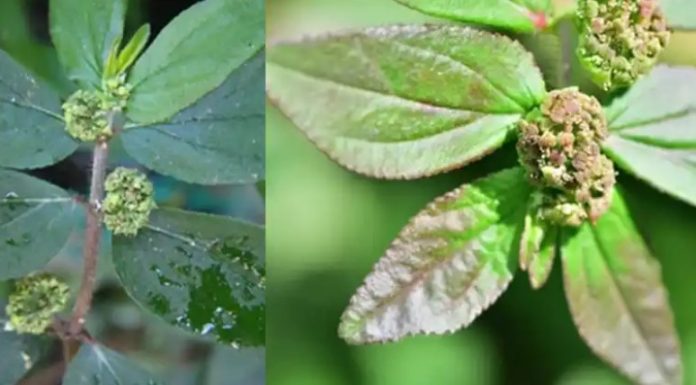1. Armenian Cucumbers: More than Just a Cool Cucumber
- Heat-tolerance: These cucumbers are naturally designed for sweltering temperatures, making them ideal for sunny, hot climates.
- Growth habit: They climb elegantly, taking the support of trellises or fences, which ensures straight and long fruits.
- Culinary versatility: Whether you fancy them in salads, sandwich slices, or even pickled, Armenian cucumbers are a crunchy delight, elevating every dish with their subtle flavors.
2. Goji Berries: The Berry with a Health Boost

- Ideal conditions: They yearn for well-drained soil and a burst of sunlight. Surprisingly low-maintenance, these berries can adapt to container gardening or direct ground planting.
- Health benefits galore: Besides being nutrient-rich, they’re hailed for boosting immune function, skin health, eye health, and overall vitality. Some even credit them with anti-aging and anti-inflammatory perks.
3. Pineberries: Strawberries with a Zesty Twist
- Growing essentials: Think regular strawberries but with a zest! Pineberries thrive in full sun and well-aerated soil.
- A delightful paradox: Smaller than standard strawberries, their pale, intriguing hue is contrasted with red seeds. Their unique taste and aesthetic make them a must-try for fruit salads and innovative desserts.
4. Cosmic Purple Carrots: A Colorful Crunch
- Cultivation: Just like their orange counterparts but with a dash of vibrancy. Ensure they’re nurtured in well-draining soil with consistent moisture.
- A visual and gastronomic treat: Beyond their spectacular color, these carrots bring nutrition and unique flavor to the table, making them both eye-candy and a treat for the palate.
5. Painted Hill Corn: Nature’s Artistic Streak
- A visual marvel: Known for their stained-glass-like kernels, each ear is a riot of colors ranging from cool blues to fiery yellows.
- Origins: This corn variety’s breathtaking appearance is credited to Carl Barnes, a Native American breeder, who painstakingly cross-pollinated traditional varieties.
6. Cucamelons: The Cucumber’s Exotic Sibling

- Growth: These heat-lovers are prolific fruit producers. They’re climbers by nature but can also sprawl if left unchecked.
- Taste profile: Picture a blend of cucumber’s crunch and lime’s zing. Native to Central America, they’ve now captured global attention, gracing salads and salsas worldwide.
7. Hardy Kiwis: The Resilient Little Fruit
- Growing requirements: These kiwis are all about well-drained soil and abundant sunlight. They’re resilient, but do shield them from harsh cold.
- Pollination specifics: Remember, they need both male and female plants for fruit production. The recommended ratio? One male for every 8-10 females.
8. Kiwano Jelly Melons: The Spiky Sensation
- Cultivation specifics: Sun, warmth, and well-draining soil – the mantra for these unique fruits.
- Taste and taxonomy: Although called ‘melons,’ they are closer relatives of cucumbers. Their flavor? A refreshing medley of banana, cucumber, and lime!
9. Indigo Rose Cherry Tomatoes: The Dark-Hued Delights
- Why the hue: Their rich pigment is thanks to anthocyanins, powerful antioxidants also found in blueberries.
- Flavor profile: These tiny fruits pack a punch with their sweet-tangy taste, offering a distinct difference from traditional red cherry tomatoes.
In conclusion, Mother Nature never ceases to amaze with her bounty. Whether it’s the visually stunning Painted Hill Corn or the health-packed Goji Berries, there’s always something unique waiting to be discovered and savored. So why wait? Dive into this world of exotic produce and expand your gastronomic horizons!










